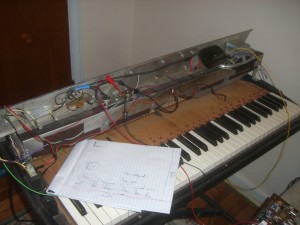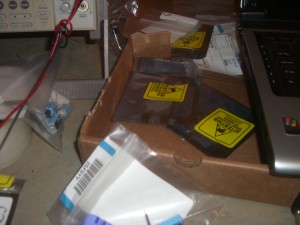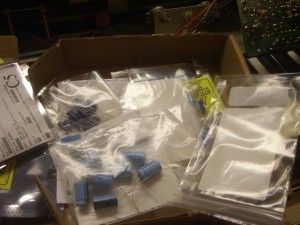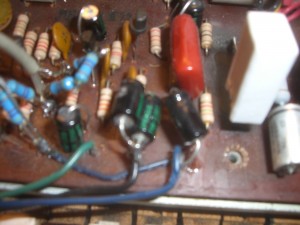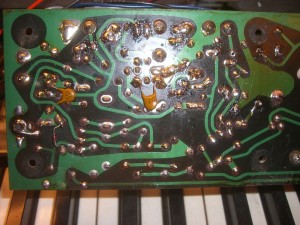I’m not one to make resolutions. Personally, I think many times people are setting themselves up for failure when they pick a random day to start doing everything they meant to in life, especially the big broad goals. However, in the spirit of the season, I’m going to throw everything I just mentioned out the window and list some stuff I want to do this year, mostly so I have these things recorded somewhere I’ll view them again.
- Gain 10 pounds of muscle by April. Achieve this by going to the gym at least 2 times per week and doing high intensity lifting workouts.
- Be able to play a Chopin piano piece. Also, be able to improvise with piano over a simple chord progression (ii-V-I)
- Join a band and play 1 gig in the next year (drums)
- Increase my investing prowess by reading annual reports of all currently held stocks and doing thorough analysis of any new stocks that interest me.
- Finally and most importantly, I would like to find work that is more fitting to my personality and needs. However, I would like to make sure this position leaves me enough time to live life and spend time with those I love. I am willing to sacrifice money and possibly even my future career prospects to achieve this goal. This means I desire to:
- Work roughly 40-45 hours per week (the most negotiable of these desires)
- Have flexible vacation time and some amount of assurance that I will not be working on major holidays.
- Given responsibility and be judged on merit, and not time spent at the office.
- Be driven to create value and something of use to the world and my company
- Enjoy spending time with my co-workers
The last item about work is indicative of my generation. We realize that work is a main part of life and want to integrate it with all other aspects of living. To do so I think I need many of the things listed above. To end this post, I will paste in a story that I have sitting by my desk at work and read just about every day. I must admit, I found the story on the wall at Jimmy John’s first (my favorite sub shop), but it was too good to pass up. Here it is with the link where I found it. I hope it helps to illuminate how I think about work.
An American tourist was at the pier of a small coastal Mexican village when a small boat with just one fisherman docked.
Inside the small boat were several large yellowfin tuna. The tourist complimented the Mexican on the quality of his fish and asked how long it took to catch them.
The Mexican replied, “Only a little while.”
The tourist then asked, “Why didn’t you stay out longer and catch more fish?”
The Mexican said, “With this I have more than enough to support my family’s needs.”
The tourist then asked, “But what do you do with the rest of your time?”
The Mexican fisherman said, “I sleep late, fish a little, play with my children, take siesta with my wife, Maria, stroll into the village each evening where I sip wine and play guitar with my amigos, I have a full and busy life.”
The tourist scoffed, ” I can help you. You should spend more time fishing; and with the proceeds, buy a bigger boat: With the proceeds from the bigger boat you could buy several boats. Eventually you would have a fleet of fishing boats. Instead of selling your catch to a middleman you would sell directly to the processor; eventually opening your own cannery. You would control the product, processing and distribution. You could leave this small coastal fishing village and move to Mexico City, then Los Angeles and eventually New York where you could run your ever-expanding enterprise.”
The Mexican fisherman asked, “But, how long will this all take?”
The tourist replied, “15 to 20 years.”
“But what then?” asked the Mexican.
The tourist laughed and said, “That’s the best part. When the time is right you would sell your company stock to the public and become very rich, you would make millions.”
“Millions?…Then what?”
The American said, “Then you would retire. Move to a small coastal fishing village where you would sleep late, fish a little, play with your kids, take siesta with your wife, stroll to the village in the evenings where you could sip wine and play your guitar with your amigos.”
Reposted from http://www.noogenesis.com/pineapple/fisherman.html


